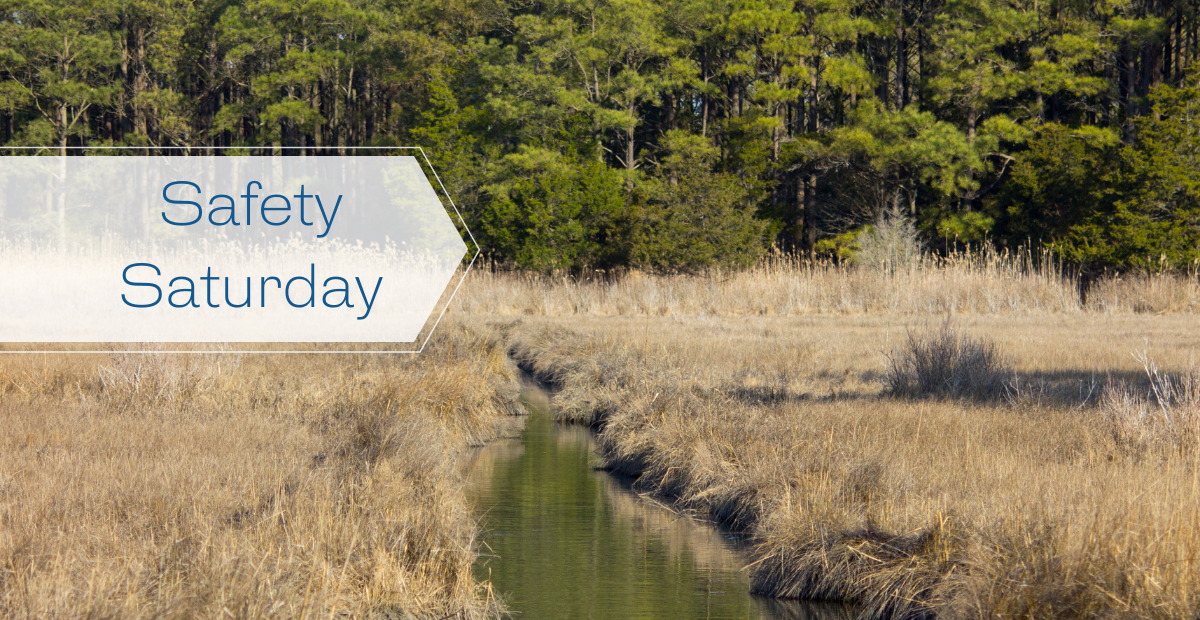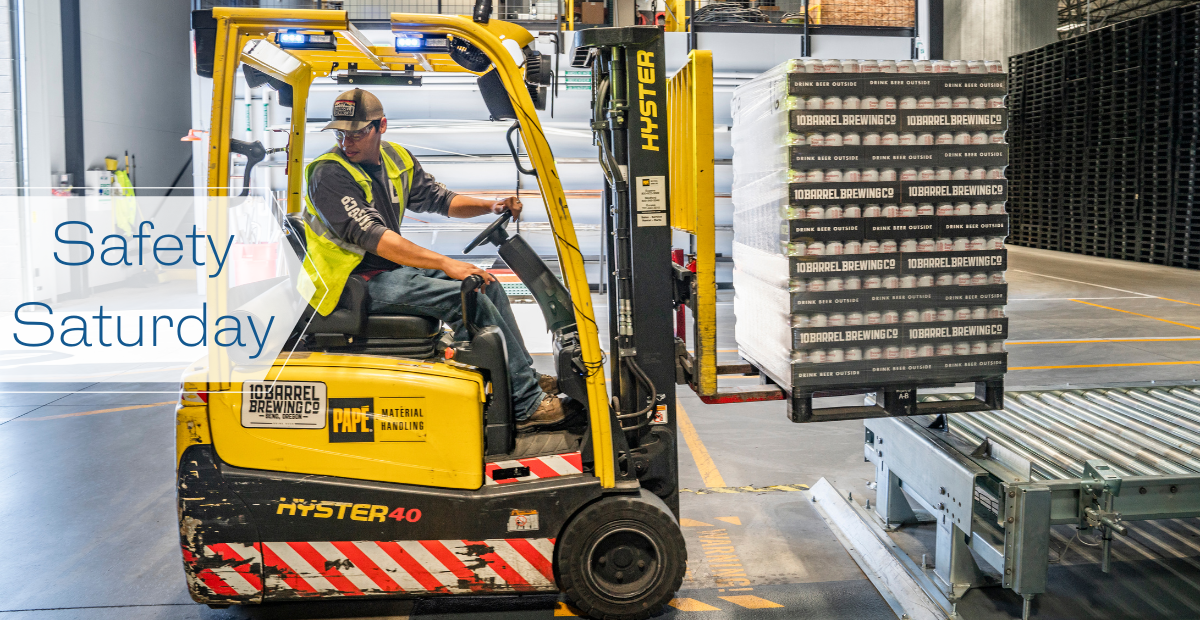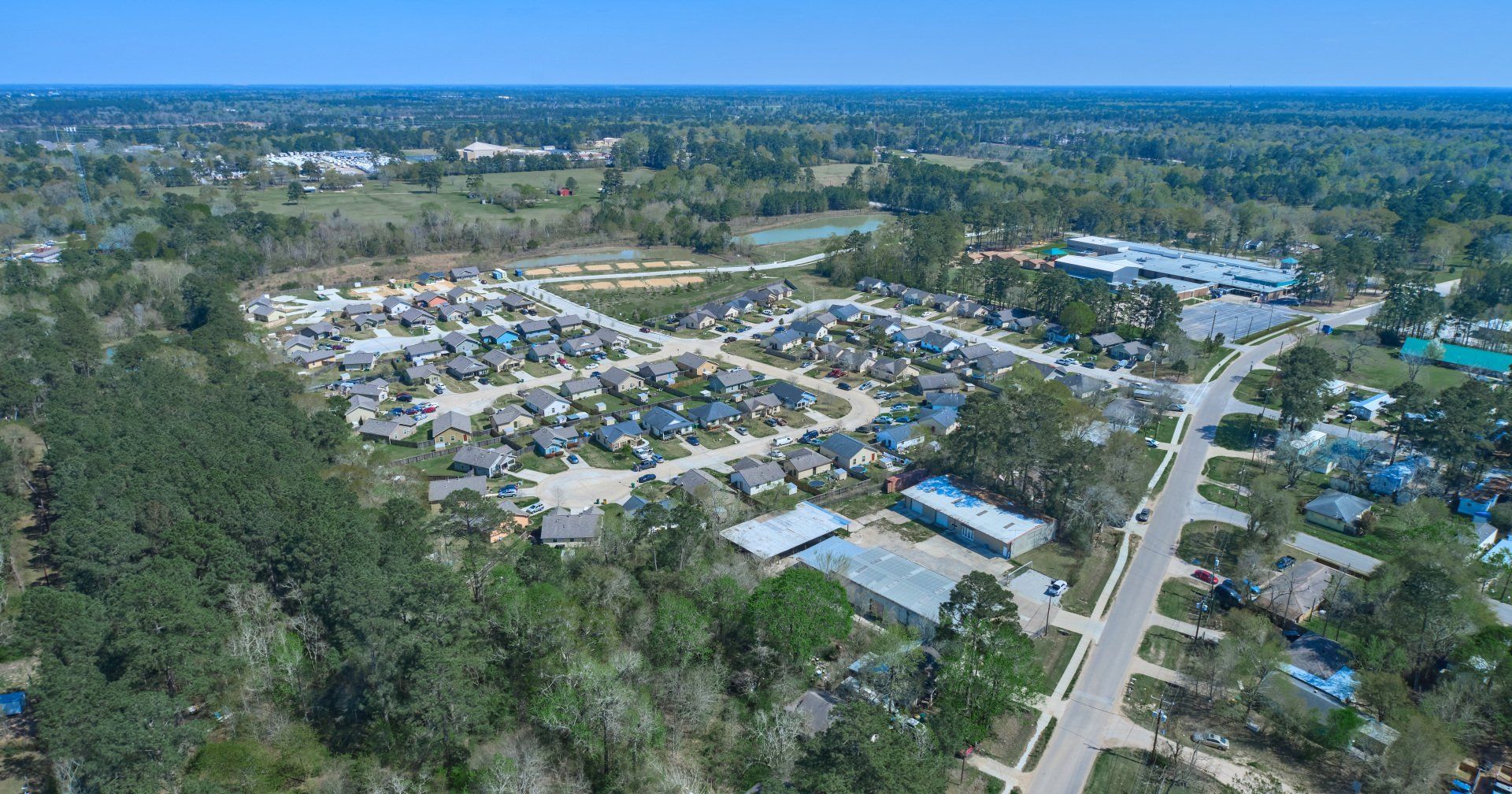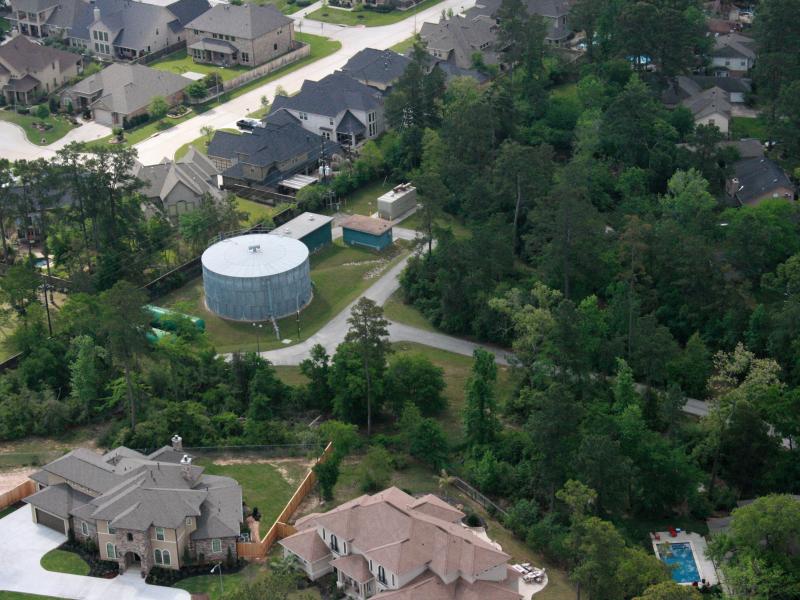Safety Saturday: Bacteria in our Waterways
TCEQ rates the waterways in The Woodlands “of serious concern” as the screening levels are impaired.

The State of Texas assesses its waterways every two years and classifies them using the state water quality standard. Based on findings from the 2018 and 2020 Texas Integrated Report of Surface Water Quality produced by the Texas Commission on Environmental Quality (TCEQ), multiple stream segments throughout the Spring Creek Watershed are listed as impaired for contact recreation. The primary issue for the increased water quality concerns in Spring Creek and its tributaries are elevated levels of fecal indicator bacteria called Escherichia coli (E. coli). Other concerns include nutrient levels, low dissolved oxygen, and impacts on ecological communities.
Our local waterways, in The Woodlands, are designated as tributaries of Spring Creek and many of them have ratings that don't meet the national standard. In fact, the current report shows little improvement from 2020 to 2022.
This high level of bacteria is preventable.
Did you know 76% of the bacteria found in our local waterways are from animal waste? Unfortunately, it is common for pet owners to not pick up after their pets; shockingly, some pet owners who do pick up after their pets choose to dispose of their bagged pet waste in stormwater drains. These two factors have major impacts for our community and our neighbors. As a result, there is a frequent exceedance of state water quality standards for Escherichia coli (E. coli).
This is important because ultimately these waterways drain into Lake Houston--an important source of drinking water for our region.
What can you do?
The bottom line is that three-fourths of the bacteria in our waterways can be easily reduced by simply picking up pet waste. Always pick up and dispose of pet waste in the trash. Additionally, to help reduce our water quality issues, you can spread awareness among your neighbors as well as volunteer to mark the storm drain inlets. You can also volunteer with the Spring Creek Watershed Partnership. Local members of the Spring Creek Watershed Partnership work together to identify and implement feasible solutions to address these water quality challenges based on sound science and community insights.








